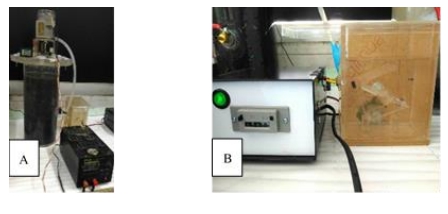The application of wastes from modified tapioca starch plant to produce the renewable energy using one stage anaerobic digestion system
Keywords:
แป้งมันสำปะหลังดัดแปร, ก๊าซชีวภาพ, เศษตะกอนแป้ง, ตะกอนชีวภาพAbstract
The wastewater treatment system of modified tapioca starch plant produced two major waste were waste starch sludge (WSS) and waste activated biosludge (WAS) from the primary sedimentation pond and activated pond, respectively which were suitable to use as substrates in the anaerobic digestion for biogas production. The results found that WSS had the high potential in the biogas and methane production at 382 and 225 L/kg TVSadded, respectively (Methane content of 59%). However, the digestion of WSS alone risks to system failure due to the volatile fatty acids accumulation resulted in dramatic pH drops. The single WSS digestion will require the pH adjustment during the whole digestion process. Also, it should be considered the economic feasibility and appropriateness about the chemical added to adjust system pH. The co-digestion of WSS:WAS at 0.5:0.5 improved the system stability but obtained the low biogas and methane production efficiency at 196 and 127 L/kg TVSadded, respectively (Methane content of 65%).These indicated that WAS has the advantage to enhance the stability of anaerobic digestion system. However, there should be further studied to increase the biogas and methane production efficiency.


